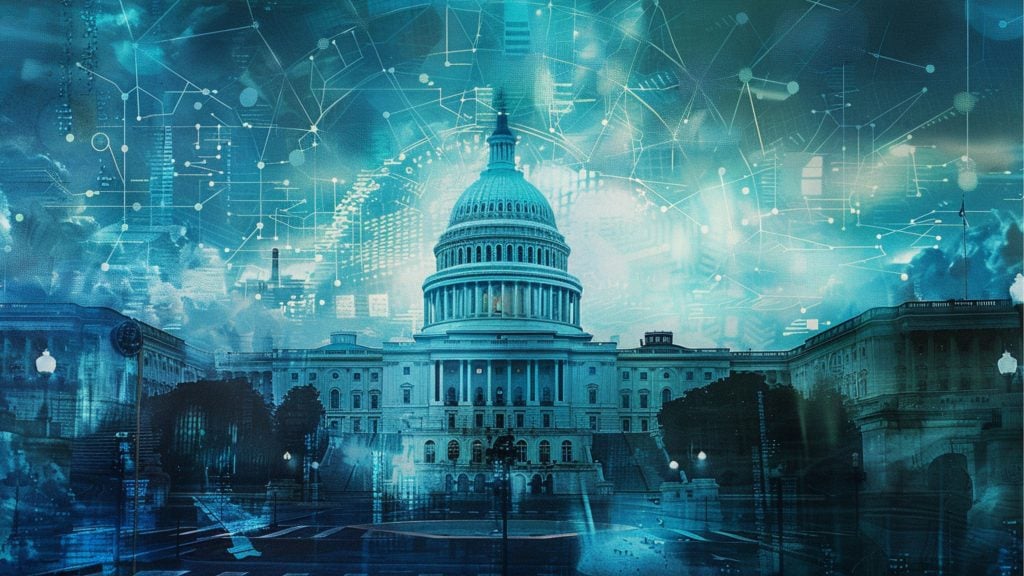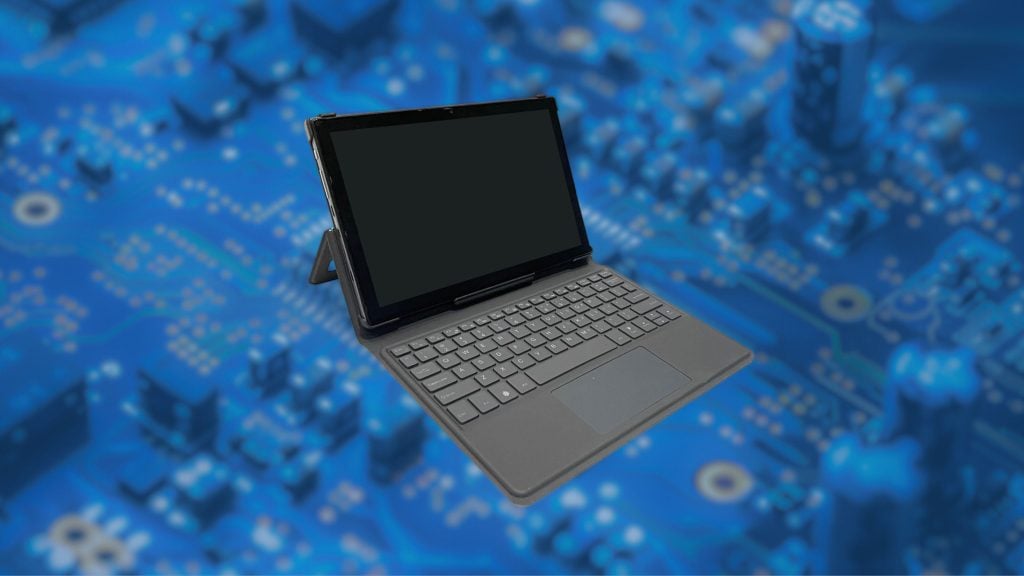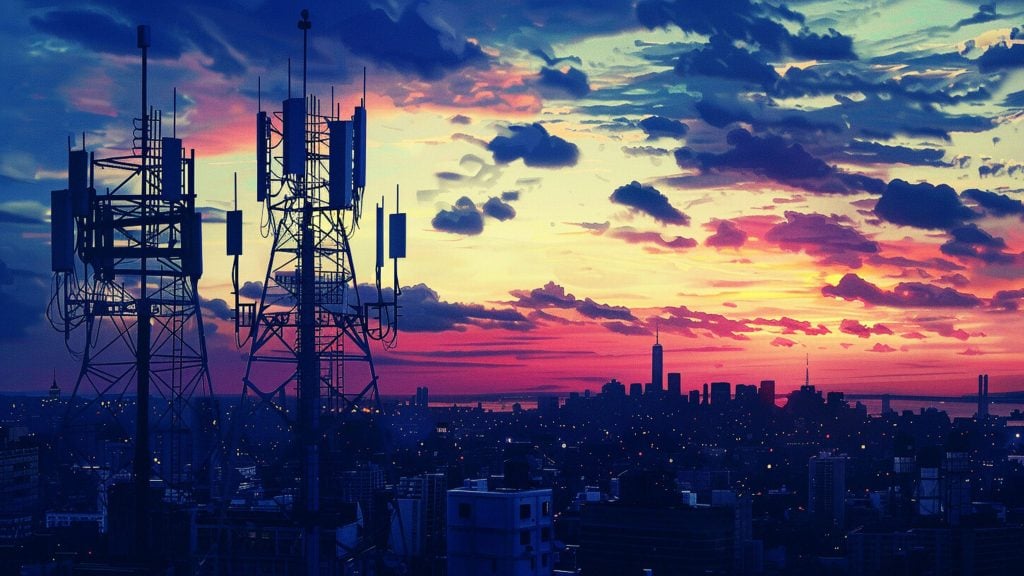A handful of Twitter users can make so much noise on public debates that they influence real-world decisions, according to Jimmy Tidey, an expert in Twitter tribes and social media analysis. While Twitter is a tool that leaders can use to know people’s views on important issues, they should realize that Twitter users do not usually represent the larger community.
Tidey’s latest research involved Twitter and the controversial public debate in London about low traffic neighborhoods (LTNs). Using graphics, the social media expert analyzed how a small group of Twitter users can influence others, including local governments, that their views are the majority’s views when they’re actually in the minority.
“Factions often present themselves simultaneously as an oppressed minority and the silent majority,” says Tidey. “The filter bubble phenomenon makes users feel that every right-thinking person agrees with them, and factions can build self-reinforcing logic uninterrupted by interactions with people they disagree with.”
LTNs are low-car-use zones aimed at decreasing traffic on residential streets. To create LTNs local authorities have used bollards and planters to block roads and even installed number-plate recognition cameras to discourage people from disrespecting the LTN signs. Former Labour MP and transport expert Christian Wolmar has described LTNs as the “biggest transport controversy of the century.”
But the idea is not new. In Ancient Pompeii, for example, certain roads were blocked so that carriages would not pass through. The controversy started in May, when the central government released funds in the tune of £250 to fund “emergency” LTNs, and added another £175 recently.
Anti-LTNs individuals claim that they increase traffic and air pollution, block emergency vehicles, and favor the wealthy over the poor.
“[LTNs] cut overall motor traffic and create large neighborhoods where air pollution, carbon emissions, noise, and congestion are dramatically lowered,” claimed the London Cycling Campaign in a counter-argument.
Aside from decreasing traffic in residential areas, LTNs promote active travel. In October, a Kantar Media survey found out that about 65% of people in the UK support the reallocation of road space to cycling and walking.
Using a proprietary social media analytics tool, Tidey analyzed LTN arguments via Twitter’s API (application programming interface). He discovered that 20 of the accounts most engaged in the arguments accounted for more than half of all the arguments against and for.
“A small number of people can make a lot of noise,” says Tidey. “Some Twitter users engage in long threads with up to 40 users tagged in, allowing them to generate huge numbers of connections.”
He explained that the result of such public debates is mostly “unproductive shouting matches.” However, he warned that his analysis shows “Twitter’s capacity to drive civic engagement.”
Local governments are in the middle of such public debates. They see that “many” people are opposing the LTN projects and abandon them. Some councilors buckle to the pressure because what started out as online debate spills over to the real world, and they are targeted with vandalism and even death threats.
Tidey also pointed out that most of the people supporting the anti-LTN movement also follow pro-Brexit accounts.
“I am not making a case that supporting or opposing Brexit is problematic or relevant to transport policy except to the extent that it marks out distinctive subcommunities and suggests how views on LTNs connect with wider political views,” he wrote in a post on Medium, part of a series talking about LTNs in London.
“When dealing with citizens with trenchant or extreme views, it’s helpful to ask what fraction of the population they represent,” suggests Tidey.
According to Tidey, LTNs has become a controversial topic because a “small number of people can make a lot of noise.
“[But] there is no democratic reason to privilege them in decision making,” Tidey added.
He acknowledges it is “hard to imagine politics without Twitter,” as the “tool designed in San Francisco in 2006 as an alternative to text messaging has become the predominant means of political discussions online.”
Therefore, it makes sense that local leaders will stay updated on what people are saying on Twitter. However, their decisions should not be swayed by what appears to be the majority’s opinion, as it is likely the viewpoint fueled by a small group of individuals.
Tidey stresses an obvious but often forgotten point – Twitter does not represent reality.













